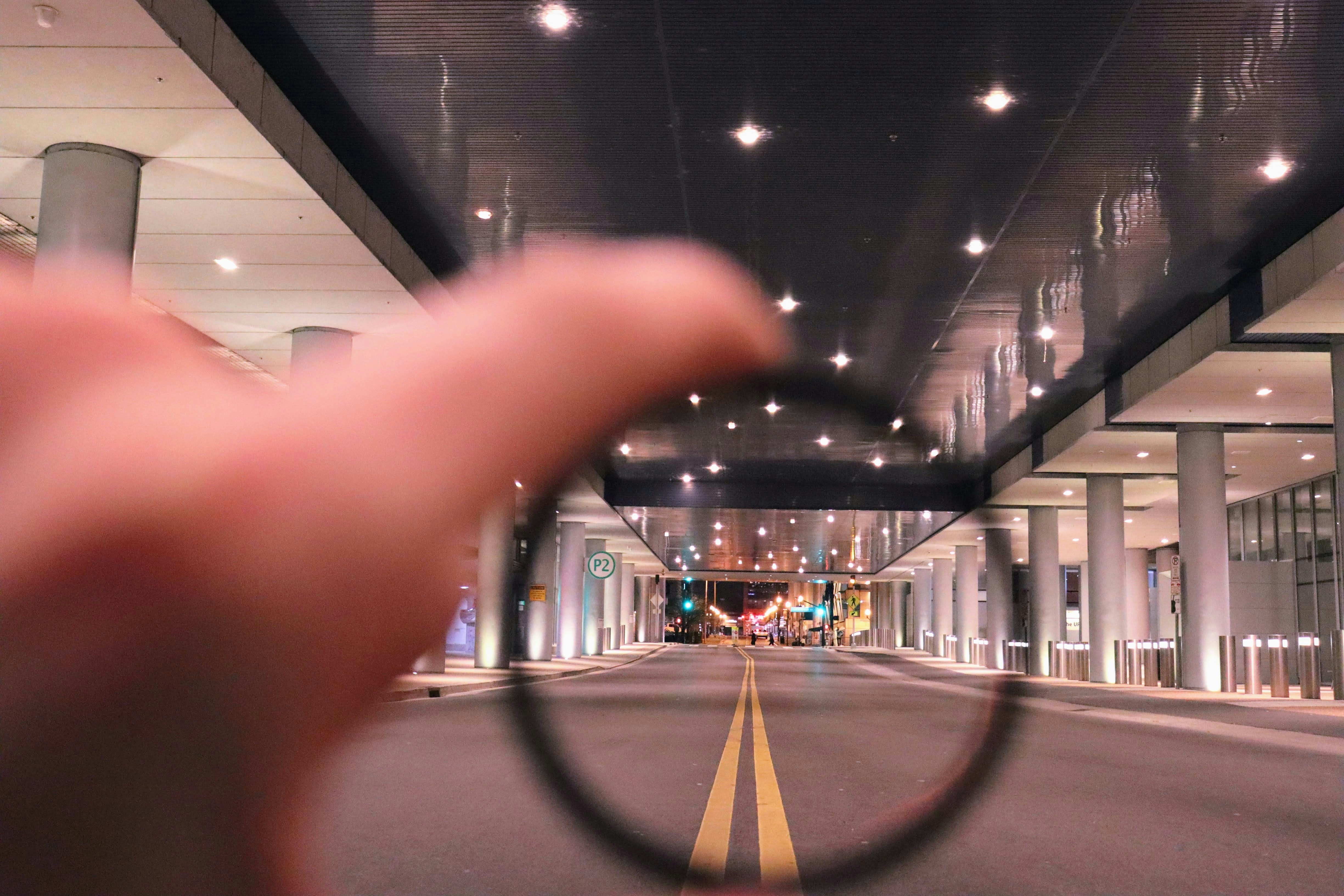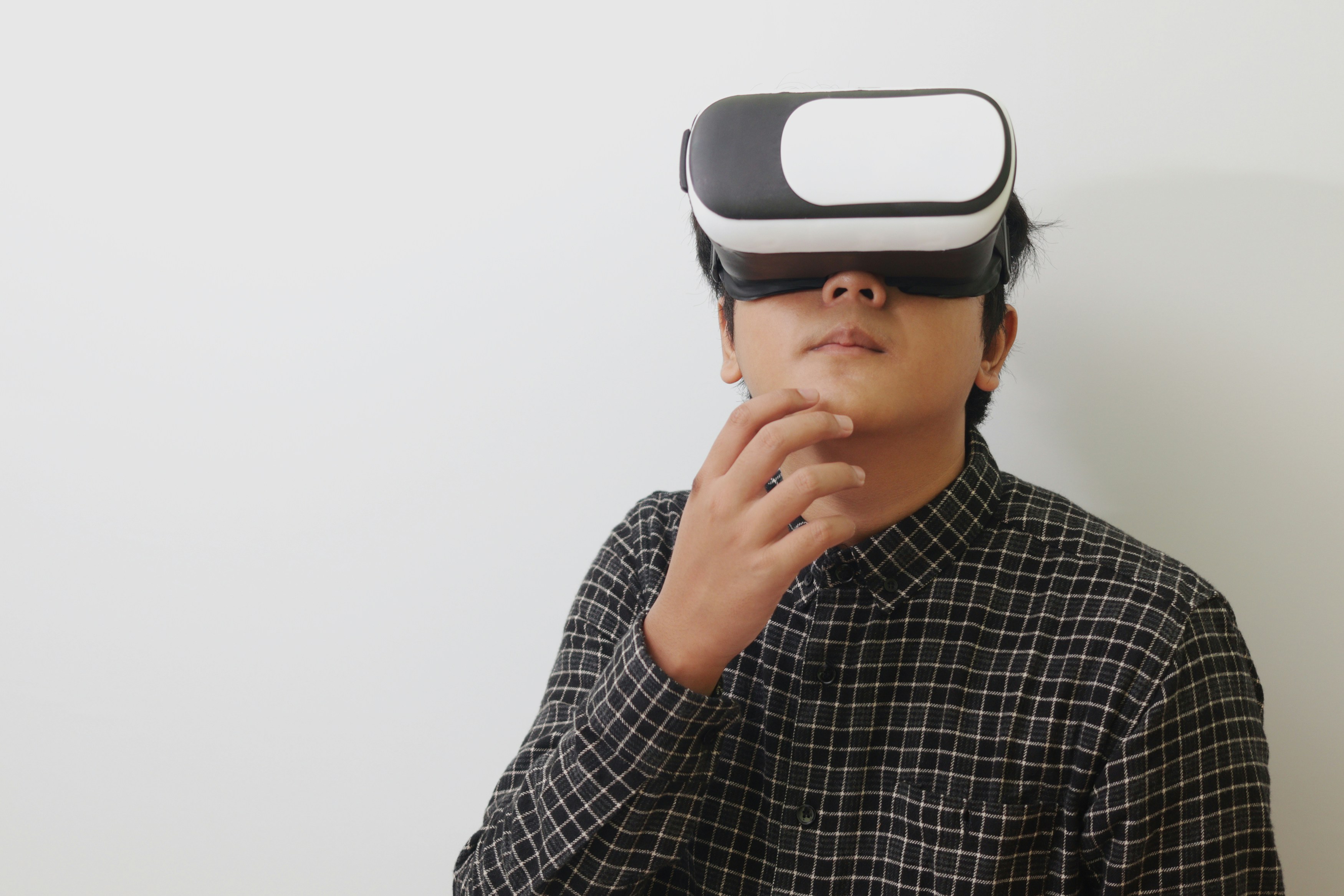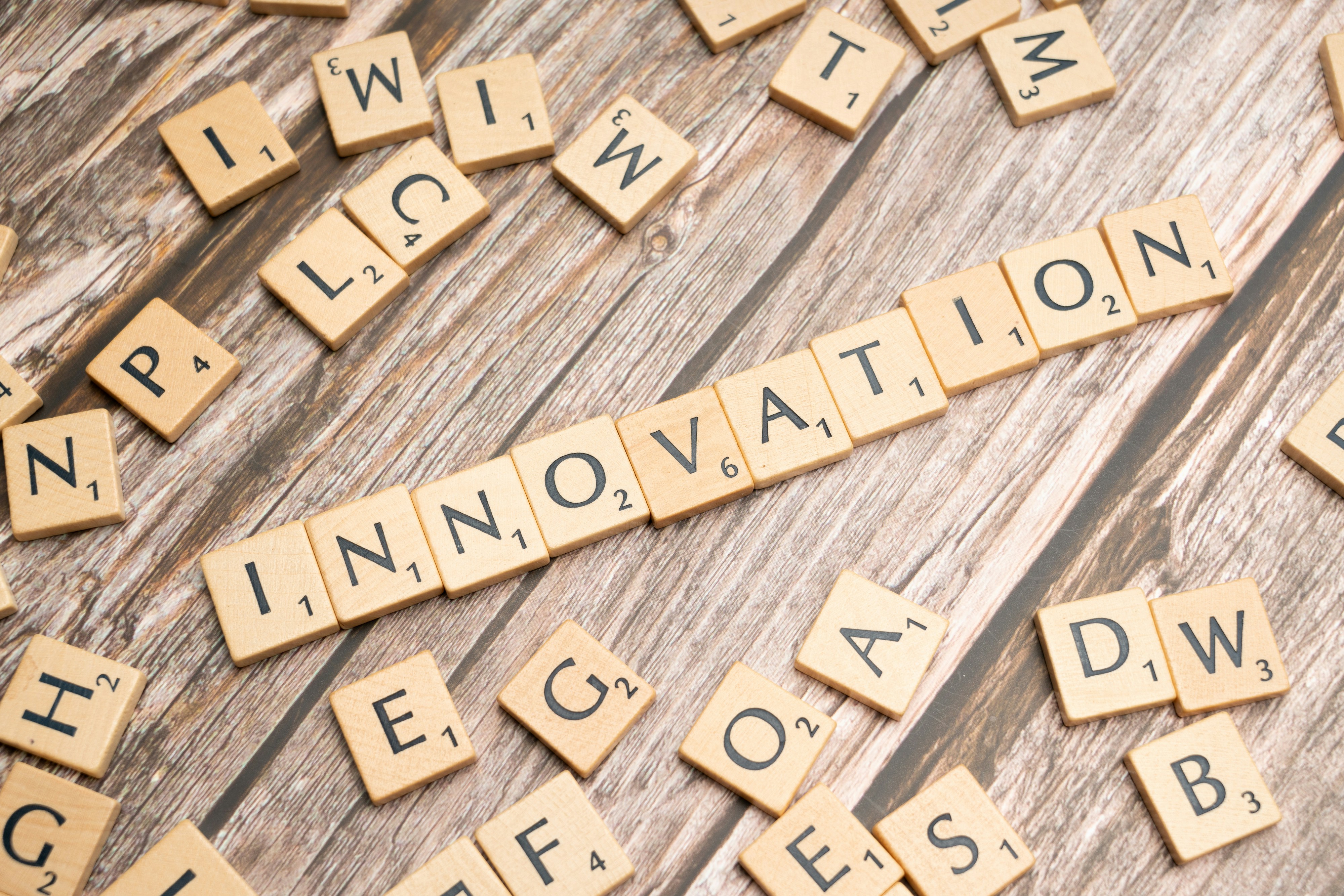Bridging Cultures with Augmented Reality for Empathy Today
In an era where socio-political tensions and cultural divides challenge our global interactions, innovative technologies are emerging as potential solutions. One such technology, augmented reality (AR), can play a pivotal role in cultivating empathy and bridging cultural gaps. Imagine walking in someone else's shoes, experiencing their daily life, and understanding their emotional landscape—all without leaving your home. This immersive technology is not just about entertainment or enhancing user experiences; it can foster understanding and compassion in an increasingly fragmented world. Let’s explore how AR has the potential to transcend borders and boost empathy in a myriad of ways.
Understanding Augmented Reality and Its Power
Before delving into how AR can bridge cultural divides, it’s essential to understand what augmented reality is. Unlike virtual reality (VR), which creates an entirely immersive digital environment, AR overlays digital information onto the real world. This integration allows users to interact with both virtual elements and their physical surroundings seamlessly.
The implications of AR are boundless. From marketing campaigns that make advertisements come to life to educational applications that enhance learning experiences, AR's transformative power can be particularly beneficial in promoting empathy. By allowing individuals to experience the world through someone else’s perspective, AR has the potential to spark understanding and cultivate emotional connections.
How AR Can Foster Empathy
Virtual Cultural Exchanges
Virtual cultural exchanges through AR enable individuals from different backgrounds to immerse themselves in one another's lives. For instance, an AR application could allow a user to experience a day in the life of a teenager in a remote village, complete with their daily challenges and triumphs. By enabling users to engage fully in the other's experiences, AR helps break down preconceived notions and biases.
Instead of merely reading about a community's struggles, users can witness firsthand the realities of living within that context. This direct immersion increases emotional engagement and promotes empathy by encouraging users to reflect on their privileges or experiences relative to others.
Historical Journeys Within Shared Spaces
AR can also provide historical context to shared physical spaces. By integrating contextual narratives into locations, users can gain insights into significant cultural events and personal stories related to those places. For example, visiting a local park could be transformed into an educational experience where historic events or cultural anecdotes couldn't just be read but witnessed through augmented scenes, connecting individuals to the broader human experience.
Similarly, augmented reality experiences in museums, like the integration of interactive holograms, can narrate stories that echo the struggles and victories of different communities. In doing so, AR encourages appreciation of diverse narratives, thus fostering a more profound sense of connection and empathy.
Enhancing Conflict Resolution
Consider how AR technology could be integrated into peace-building missions and conflict resolution settings. For example, AR simulations can recreate situations of conflict, allowing users to step into the opposing side’s shoes. By providing a platform for understanding different perspectives, AR can transform contentious discussions into constructive dialogues.
One notable example is in training diplomats or mediators, where AR can simulate negotiations and cultural nuances that must be understood to successfully navigate complex political landscapes. This technology creates a powerful space for empathy, enabling participants to become more equipped for real-world negotiations.
Real-World Applications of AR for Empathetic Engagement
AR in Education
Educational practitioners are beginning to recognize the value of AR for teaching empathy. Programs focused on social issues now incorporate AR experiences that allow students to learn about historical events or cultural practices through immersive storytelling. For instance, students might interact with AR models depicting various global disasters, experiencing the affects of climate change on communities and the resilience of those affected.
In conjunction with educational readings, programs can blend AR applications with lessons on cultural sensitivity, playing a significant role in empathy development among young people's interactions.
AR in Mental Health
AR is finding a place in mental health therapy, with applications designed to foster empathy and emotional intelligence among users. For example, therapeutic settings may use AR visualizations to help clients understand how others experience feelings of anxiety or depression. By creating engaging experiences that evoke empathy, AR technology can play a crucial role in treatment and community-building.
Many therapists advocate for the use of AR to help clients visualize and articulate emotional struggles, providing a foundation for healing through understanding and empathy—invaluable assets in mental health.
Corporate Cultural Competency Training
In the business realm, augmenting employee training programs with AR tools can significantly improve cultural competency. By simulating workplace scenarios with diverse colleagues, employees can navigate difficult conversations, learn to respond with empathy, and develop essential soft skills.
Interactive experiences that allow employees to step into diverse roles can help cultivate a more inclusive work environment, thereby improving team dynamics and overall productivity.
The Challenges and Future of AR for Empathy
While AR technology offers innovative avenues for fostering empathy and understanding among diverse cultural groups, challenges do exist. Accessibility, technical literacy, and data privacy are some of the hurdles that need addressing. Ensuring that marginalized communities can access these tools is vital; otherwise, they risk further entrenching existing disparities.
Moreover, ethical considerations must accompany technological advancement. AR applications designed to elicit empathy must prioritize users’ experiences and emotional wellbeing. Developers must ensure authenticity in storytelling and representations of cultural practices to avoid perpetuating stereotypes.
Continuous Innovation and Community Input
In creating impactful AR experiences, gathering input from diverse cultural communities will be key in ensuring they resonate truly. Collaboration with cultural experts can facilitate the creation of immersive environments that are not only accurate but sensitive to the narratives involved.
As AR technology continues to evolve, integrating machine learning and AI capabilities can enhance experiences, making them even more interactive and relevant. The integration of various technological facets, like gamification or feedback mechanisms, could further bolster AR’s empathetic reach.
Final Thoughts
The potential of augmented reality as a transformative tool for empathy is immense. By allowing individuals to step into the experiences of others, AR fosters a sense of connection that transcends geographical and cultural barriers. As we move towards a more interconnected world, leveraging this technology to bridge cultural divides becomes increasingly essential. By prioritizing empathy in our digital interactions and educational initiatives, we can create a more compassionate society.
Ultimately, augmented reality can serve as a medium for not just sharing stories but fostering understanding. With the right safeguards, input from diverse communities, and continual innovation, AR could indeed play a significant role in building a world where empathy thrives.
If you’re interested in how tech impacts cultural understanding and personal growth, check out resources on digital utilitarianism and biofeedback technology.













